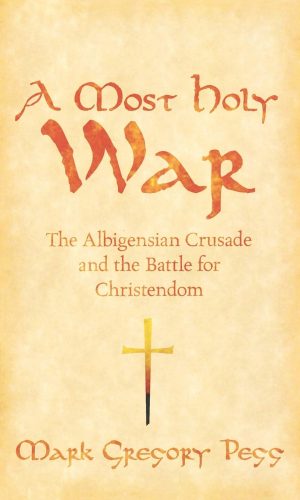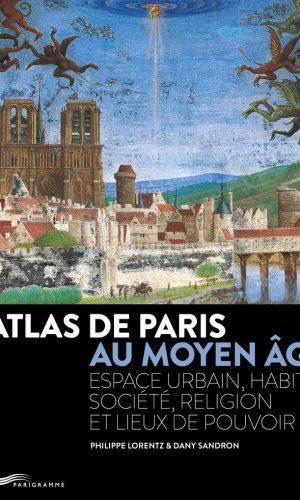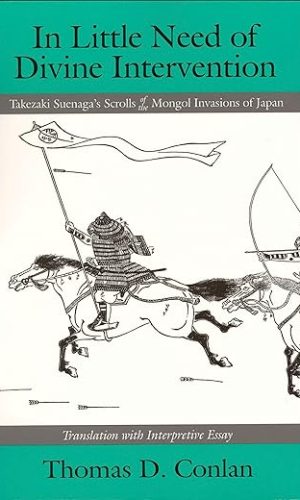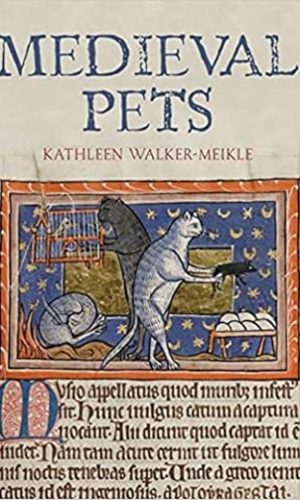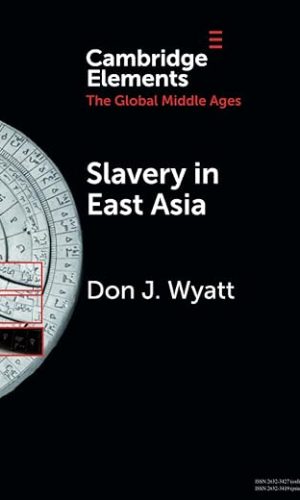Medieval
-
A Most Holy War: The Albigensian Crusade and the Battle for Christendom (Pivotal Moments in World History)
The Albigensian Crusade, the first in which Christians were promised salvation for killing other Christians, lasted twenty bloody years–a long savage war for the soul of Christendom. In A Most Holy War, historian Mark Pegg has produced a swift-moving, gripping narrative of this horrific crusade. Pegg draws in part on thousands of testimonies collected by inquisitors in the years 1235 to 1245, accounts of ordinary men and women remembering what it was like to live through such brutal times. In responding to heresy with a holy genocidal war, Innocent III fundamentally changed how Western civilization dealt with individuals accused of corrupting society. This change, Pegg argues, led directly to the creation of the inquisition, the rise of an anti-Semitism, and even the holy violence of the Reconquista in Spain.“A bold, erudite, engaging, and superbly written study of what has long been one of the most central topics in medieval and Mediterranean history.”
–Teofilo F. Ruiz, Professor of History, UCLARead more
£11.40 -
Atlas de Paris au Moyen-Age 2018: Espace urbain, habitat, société, religion et lieux de pouvoir
Paris ― 200 000 habitants en 1300 ― est la plus grande ville de l’Occident médiéval. Elle devient au xIIIe siècle la capitale du puissant royaume de France vers laquelle affluent intellectuels, hommes d’affaires et artistes. La croissance sans précédent de la cité n’a pas manqué de laisser une empreinte durable. Dans bien des quartiers, le tracé actuel des rues reflète les opérations de lotissement qui présidèrent à l’installation des nouveaux venus au cours du Moyen Age. Si peu d’édifices médiévaux sont aujourd’hui visibles dans leur quasi-intégrité, telles Notre-Dame ou la Sainte-Chapelle, beaucoup sont conservés de manière fragmentaire, comme le Louvre de Philippe Auguste, la salle des gens d’armes de la Conciergerie ou le réfectoire du couvent des Cordeliers. Ces vestiges ― et bien d’autres ― jalonnent la trame urbaine dont les aspects changeant au fil d’un millénaire sont restitués par les images anciennes. Entre la “ville idéale” rêvée par les rois et la cité grouillante aux maisons serrées les unes contre les autres, aux ruelles étroites et nauséabondes, se dessine le visage du Paris médiéval.Read more
£21.20 -
In Little Need of Divine Intervention: Takezaki Suenaga’s Scrolls of the Mongol Invasions of Japan: 113 (Cornell East Asia)
In Little Need of Divine Intervention presents a fundamental revision of the thirteenth-century Mongol Invasions of Japan by revealing that the warriors of medieval Japan were capable of fighting the Mongols to a standstill without the aid of any “divine winds” or kamikaze. Conlan’s interpretation of the invasions is supplemented with translations of the picture scrolls commissioned by Takezaki Suenaga, a warrior who fought against the Mongols. In addition, translations of nearly seventy administrative documents are provided, thereby enabling students of Japanese history reconstruct the invasions using contemporary sources. A rare copy of Takezaki Suenaga’s Scrolls, reproduced in full, reveals hitherto unknown missing scenes. Furthermore, the scrolls’ images can be now read in tandem with its narrative passages, translated in English for the first time. Please note that the entire book was intentionally printed from back to front, so that the reproduced scrolls unfold in Japanese order, from right to left. Thus the book’s spine is on the right. This monograph will prove to be of great interest for students and scholars of medieval Japanese history, warrior culture, and the nature of Japan in an East Asian context.
Read more
£23.70 -
Medieval Pets
An engaging and informative survey of medieval pet keeping which also examines their representation in art and literature. Animals in the Middle Ages have often been discussed – but usually only as a source of food, as beasts of burden, or as aids for hunters. This book takes a completely different angle, showing that they were also beloved domestic companions to their human owners, whether they were dogs, cats, monkeys, squirrels, and parrots. It offers a full survey of pets and pet-keeping: from how they were acquired, kept, fed, exercised, and displayed, to the problems they could cause. It also examines the representation of pets and their owners in art and literature; the many charming illustrations offer further evidence for the bonds between humans and their pets, then as now. A wide range of sources, including chronicles, letters, sermons and poems, are used in what is both an authoritative and entertaining account.Read more
£14.30£19.00Medieval Pets
£14.30£19.00 -
Slavery in East Asia (Elements in the Global Middle Ages)
In premodern China, Korea, Japan, and Vietnam, just as in the far less culturally cohesive countries composing the West of the Middle Ages, enslavement was an assumed condition of servitude warranting little examination, as the power and profits it afforded to the slaver made it a convention pursued unreflectively. Slavery in medieval East Asia shared with the West the commonplace assumption that nearly all humans were potential chattel, that once they had become owned beings, they could then be either sold or inherited. Yet, despite being representative of perhaps the most universalizable human practice of that age, slavery in medieval East Asia was also endowed with its own distinctive traits and traditions. Our awareness of these features of distinction contributes immeasurably to a more nuanced understanding of slavery as the ubiquitous and openly practiced institution that it once was and the now illicit and surreptitious one that it intractably remains.Read more
£3.00£16.20

